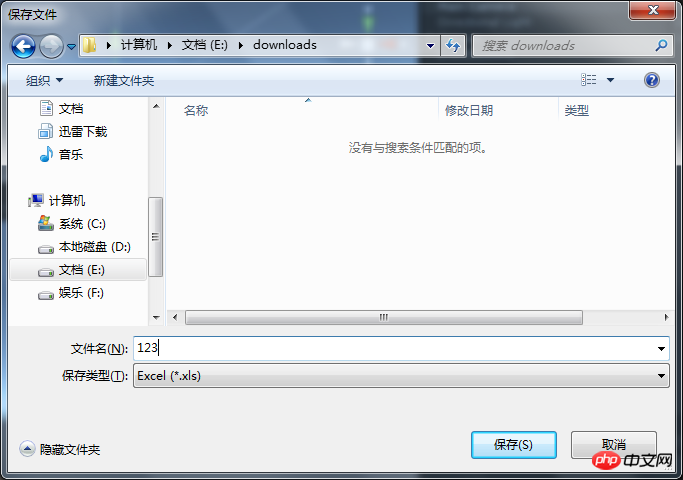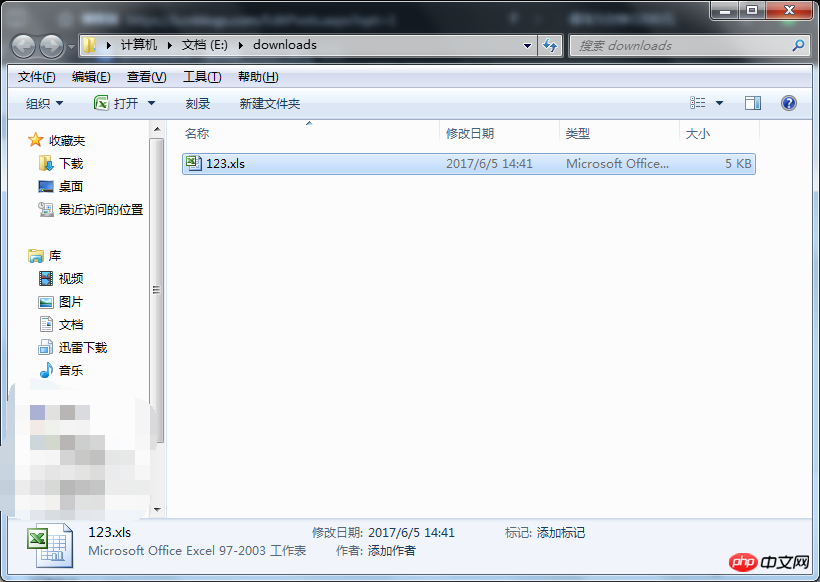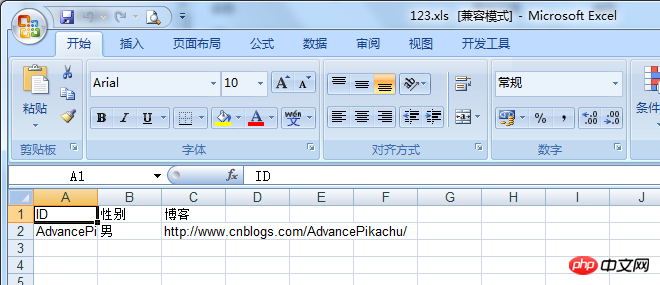Home >Backend Development >C#.Net Tutorial >Detailed example of Unity C# GetSaveFileName()
Detailed example of Unity C# GetSaveFileName()
- 零下一度Original
- 2017-06-24 09:58:153255browse
唉哟,这次厉害咯,网上搜罗了好久,终于被我找到汉化的保存对话框了,根据网上的一些前辈总结的内容,做了一些修改,
先放个效果图:

首先需要定义一个OpenFileName的类:
[StructLayout(LayoutKind.Sequential, CharSet = CharSet.Auto)]
public class OpenFileName
{
public int structSize = 0;
public IntPtr dlgOwner = IntPtr.Zero;
public IntPtr instance = IntPtr.Zero;
public String filter = null;
public String customFilter = null;
public int maxCustFilter = 0;
public int filterIndex = 0;
public String file = null;
public int maxFile = 0;
public String fileTitle = null;
public int maxFileTitle = 0;
public String initialDir = null;
public String title = null;
public int flags = 0;
public short fileOffset = 0;
public short fileExtension = 0;
public String defExt = null;
public IntPtr custData = IntPtr.Zero;
public IntPtr hook = IntPtr.Zero;
public String templateName = null;
public IntPtr reservedPtr = IntPtr.Zero;
public int reservedInt = 0;
public int flagsEx = 0;
}当然,也不是都用到了,只用到了一小部分,有性趣的童鞋可以个性化一下保存对话框,
然后是最重要的委托GetSaveName()方法:
public class DllUse
{
[DllImport("Comdlg32.dll", SetLastError = true, ThrowOnUnmappableChar = true, CharSet = CharSet.Auto)]
public static extern bool GetSaveFileName([In, Out] OpenFileName ofn);
}挡挡挡,最后调用一下即可:
public static void OpenDialog(Action7deb1b66c2439bfe6895a394cbb2197a onSave)
{
OpenFileName ofn = new OpenFileName();
ofn.structSize = Marshal.SizeOf(ofn);
ofn.filter = "Excel (*.xls)\0*.xls\0\0";
ofn.file = new string(new char[256]);
ofn.maxFile = ofn.file.Length;
ofn.fileTitle = new string(new char[64]);
ofn.maxFileTitle = ofn.fileTitle.Length;
ofn.initialDir = UnityEngine.Application.dataPath;//默认路径ofn.title = "保存文件";
ofn.defExt = ".xls";//显示文件的类型ofn.flags = 0x00080000 | 0x00001000 | 0x00000800 | 0x00000200 | 0x00000008;if (DllTest.GetSaveFileName(ofn))
{
dosomething();string Savepath = Path.GetDirectoryName (ofn.file);
Process.Start (Savepath);
}
}


终于搞定保存对话框汉化了,5555,也是不容易啊!
那位小伙伴有更好的方法希望可以分享给我啊!
The above is the detailed content of Detailed example of Unity C# GetSaveFileName(). For more information, please follow other related articles on the PHP Chinese website!
Statement:
The content of this article is voluntarily contributed by netizens, and the copyright belongs to the original author. This site does not assume corresponding legal responsibility. If you find any content suspected of plagiarism or infringement, please contact admin@php.cn
Previous article:Detailed explanation of how to use .net regular expressions?Next article:Detailed explanation of how to use .net regular expressions?

